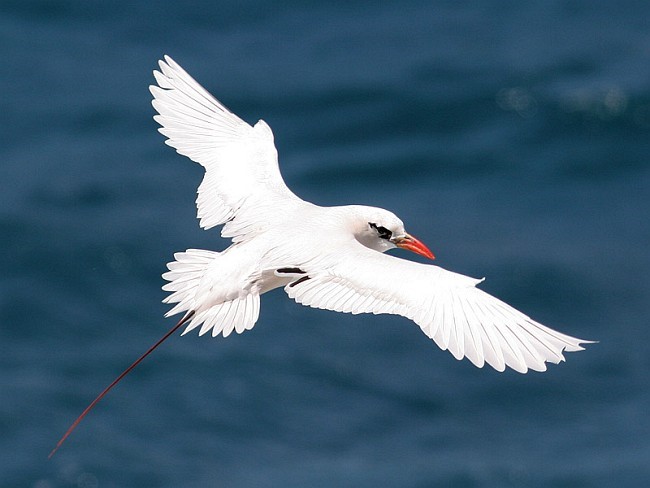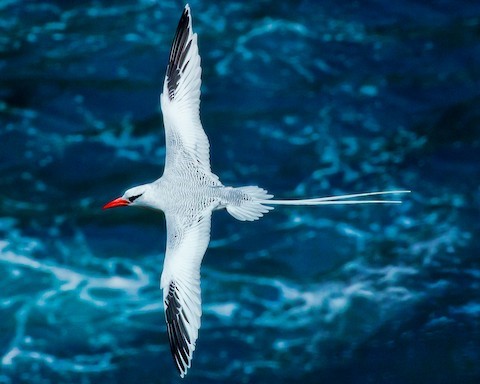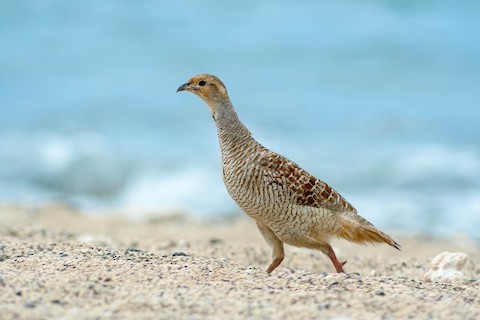Koko Head District Park, Oahu, Hawaii
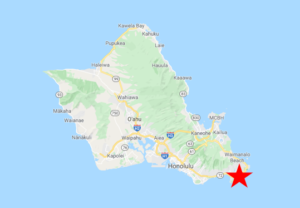
Koko Head District Park is a popular recreation area on the eastern outskirts of urban Honolulu that offers various outdoor activities in a scenic setting. The area of primary interest for birds is the dramatic Ka Iwi Coast, particularly the Lanai Lookout, which is known for its exceptionally accessible colony of Red-tailed Tropicbird, frequent sightings of Yellow-billed and Red-billed Tropicbirds, and occasional sightings of Gray-backed Tern, among other locally common seabirds, including Wedge-tailed Shearwater, Great Frigatebird, Red-footed, “Forster’s”, and Masked Boobies, Common Fairy-Tern, Brown and “Hawaiian” Noddies, and Sooty Tern.
Orientation
Directions
Koko Head District Park is the southeasternmost portion of Oahu, along the Kalaniana’ole Highway (a.k.a. Highway 72), about 15 minutes’ drive (11 miles) from downtown Honolulu, or 25 minutes (17 miles) from Daniel K. Inouye International Airport.
From the Airport. Take the main freeway, H1, east into and through downtown Honolulu. After about ten miles it will slim down and become Highway 72. After about six more miles it enters Koko Head District Park.
Birdfinding
The Koko Head area has many areas that are potentially interesting to explore. Most of the seabirds can be seen from the Lanai and Halona Blowhole Lookouts, but these roadside rest stops can be high-traffic areas so it may be more enjoyable to explore other sections of the coast. The interior of the park—which is mostly the Koko Head uplift and its central crater—is less remarkable for its birdlife but pleasant for hiking.
Lanai Lookout. The Lanai Lookout is among the world’s prime locations for observing tropicbirds. A large and apparently increasing number (about 70 pairs) of Red-tailed Tropicbirds nest on cliff ledges of the Ka Iwi Coast. They are readily observed from the Lanai Lookout during most of the year, arriving in late December and departing in September or October. Starting in 2006, they have been joined by one or two Red-billed Tropicbirds—which is not a regularly occurring Hawaiian species except for these long-staying individuals. The Red-billed Tropicbirds have been seen mostly during the first half of the year, arriving in late December and departing in May. In addition, Yellow-billed Tropicbirds can often (but not reliably) be seen joining the others between January and September.
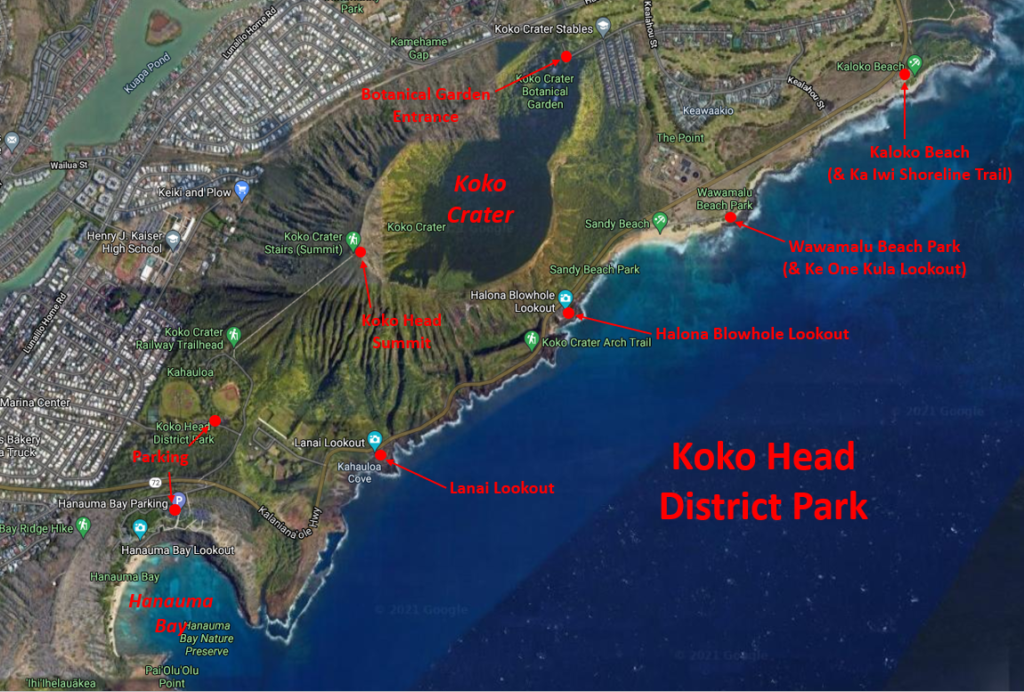
Other seabirds seen regularly from the Lanai Lookout include: Wedge-tailed Shearwater (February to October), Great Frigatebird (year-round, but scarce from September to December), Red-footed Booby (year-round), “Forster’s Booby” (year-round), Masked Booby (uncommon, mostly January to October), Common Fairy-Tern (mostly January to September), and Sooty Tern (common from February to May, uncommon from June to August).
Additional seabirds that also occur regularly in the area, but are seen less regularly from the Lanai Lookout include: Sooty Shearwater (briefly during April, May, and late October), Christmas Shearwater (a few scattered sightings), Brown Noddy (most sightings in March to May and July-August), “Hawaiian Noddy” (year-round, but most sightings in August and September), and Gray-backed Tern (a few scattered sightings).
Gray-backed Tern. For a visitor who intends to search for Gray-backed Tern from shore in Hawaii, the Ka Iwi Coast appears to offer the best prospects—unless the visitor happens to have permission to enter the restricted Marine Corps Base Hawaii property and scope the tern colony on Moku Manu, where a few dozen pairs nest among thousands of Sooty Terns. Recorded sightings peak between March and May, but they are present on Moku Manu from at least February to August, and at least a few may remain in the area year-round.
Up the Ka Iwi Coast. Continuing on the Kalaniana’ole Highway beyond the Lanai Lookout brings you first to the similarly situated Halona Blowhole Lookout, then to a gentler shoreline of alternating sandy and rocky beaches. The most convenient stopping point is the side road through Wawamalu Beach Park, which has extensive parking areas and gives access to a long stretch of shoreline, including the Ke One Kula Lookout.
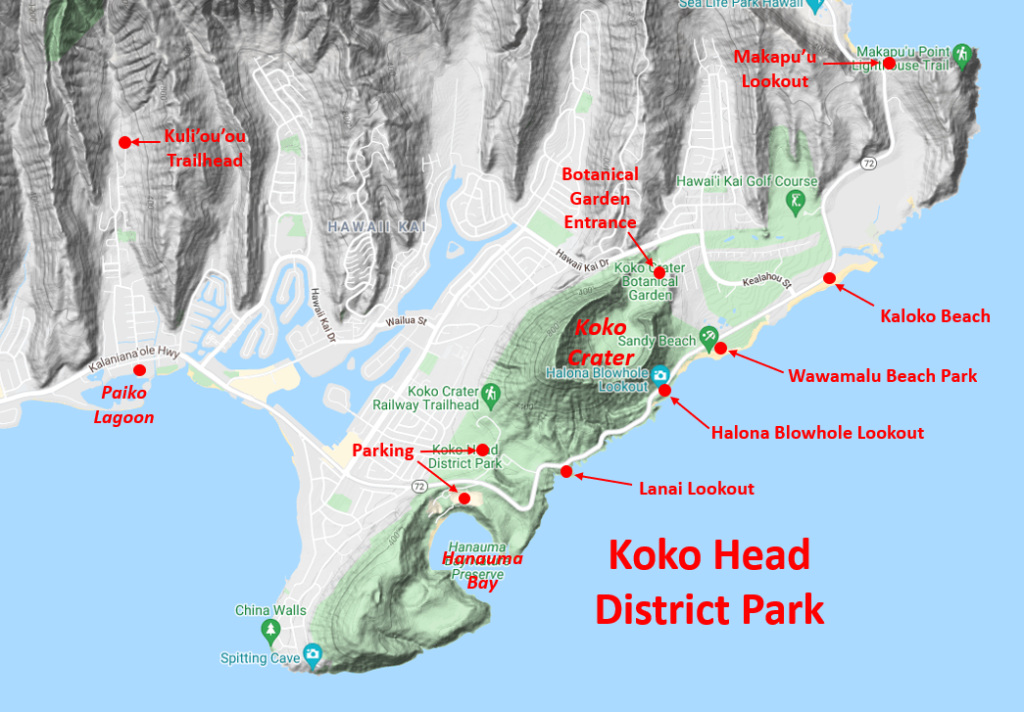
Two miles past the Lanai Lookout, at Kaloko Beach, the Kalaniana’ole Highway bends inland. Parking at Kaloko Beach gives access to a more remote area that can be explored on foot. First is a rocky promontory which could be a good vantage point to watch for terns. A short walk inland along the highway brings you to the Ka Iwi Shoreline Trail, which winds along the coast to the small, secluded Alan Davis Beach and the unusual lava formation known as Pele’s Chair, then turns inland and joins the Makapu’u Point Lighthouse Trail.
Hanauma Bay. When first entering the park from Honolulu, the Kalaniana’ole Highway crests a low ridge. Almost immediately afterward, a sharp turn-off on the right leads to the Hanauma Bay recreational area. The bay is exceptionally scenic and offers a combination of beach, swimming, and hiking options, but it is not outstanding for birds.
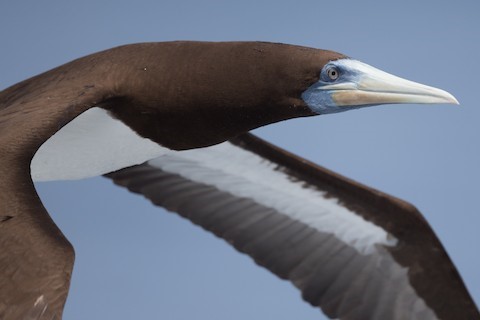
Male “Forster’s Booby” has distinctive blue facial skin. © Yann Muzika
On the opposite side of the Kalaniana’ole Highway lies another popular recreational area, including baseball diamonds, tennis courts, and the trail to the Koko Head summit.
Koko Crater. The floor of Koko Crater is a publicly accessible botanical garden (admission free, open from sunrise to sunset). The entrance is at the northeastern corner, where the crater opens through a small valley, at the end of Kokonani Street. A two-mile loop trail begins at the small parking area. Most of the birds are typical Oahu exotics, including White-rumped Shama and Red-whiskered Bulbul. It is one of the more consistent spots in Honolulu for Gray Francolin.
Paiko Lagoon. Two miles west of Koko Head District Park, the Kalaniana’ole Highway passes beside Paiko Lagoon, which is designated as a wildlife sanctuary. The shallow, nearly enclosed bay provides good habitat for shorebirds, and has attracted rarities such as Great Egret and Glaucous-winged Gull. More typical are Black-crowned Night-Heron, Pacific Golden-Plover, “Hawaiian Stilt”, Ruddy Turnstone, and Wandering Tattler. The main access point is at the foot of Kuli’ou’ou Road.
Services
Accommodations
Honolulu has an abundance of accommodations concentrated in Waikiki, nine miles west of Koko Head.
Notes
When to Visit
The peak season for tropicbirds is late December to May, and for terns it is roughly February to May.
